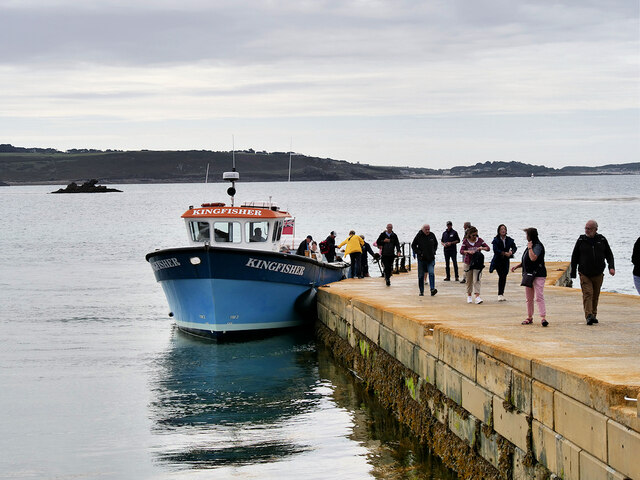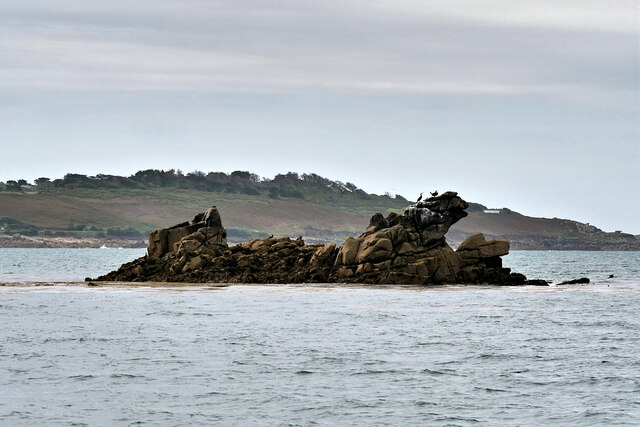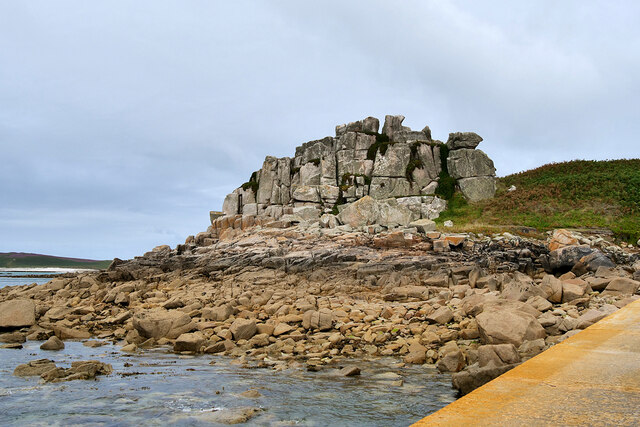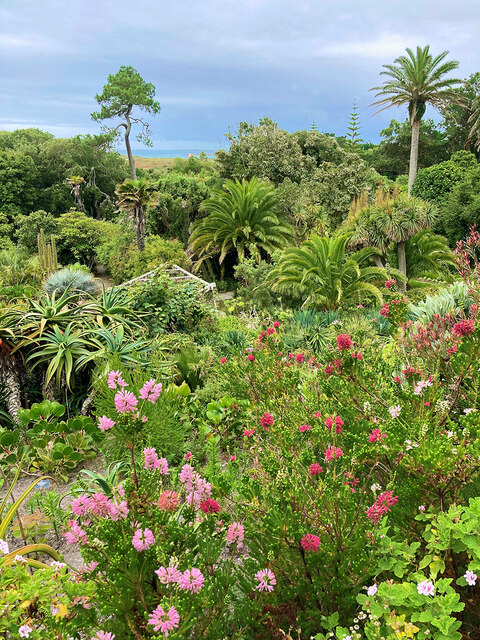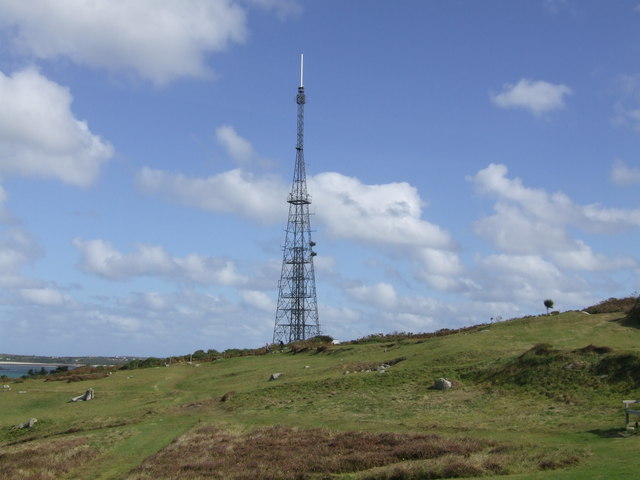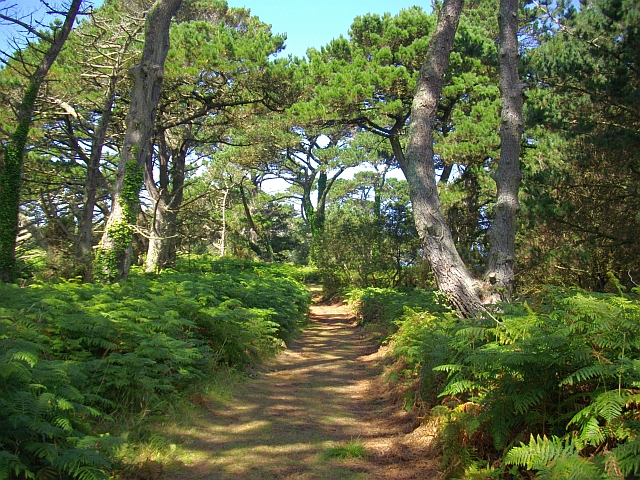Crow Bar
Sea, Estuary, Creek in Cornwall
England
Crow Bar

Crow Bar is a picturesque coastal location situated in Cornwall, England. It is renowned for its stunning sea views, estuary, and creek, making it a popular destination for nature enthusiasts and outdoor enthusiasts alike.
Located on the southern coast of Cornwall, Crow Bar offers visitors an idyllic setting with its rugged cliffs, sandy beaches, and crystal-clear waters. The sea at Crow Bar is known for its vibrant blue hues and is a sight to behold. It provides the perfect backdrop for activities such as swimming, snorkeling, and sunbathing.
The estuary at Crow Bar is a significant natural feature, formed by the convergence of a river and the sea. It is a haven for various bird species and wildlife, making it a popular spot for birdwatchers and nature photographers. Visitors can enjoy leisurely walks along the estuary, taking in the breathtaking scenery and observing the diverse flora and fauna.
The creek at Crow Bar is a tranquil oasis, offering a peaceful retreat away from the bustling crowds. It is a natural waterway that meanders through the landscape, providing opportunities for boating, kayaking, and fishing. The creek is surrounded by lush greenery and offers a serene ambiance, perfect for those seeking relaxation and tranquility.
Crow Bar is also home to several amenities such as cafes, restaurants, and accommodations, ensuring visitors have a comfortable and enjoyable stay. The area is well-connected, with easy access to nearby towns and attractions, making it an ideal base for exploring the wider Cornwall region.
Overall, Crow Bar in Cornwall is a captivating destination that showcases the beauty of the sea, estuary, and creek. Its natural wonders and scenic landscapes make it a must-visit location for nature lovers and those seeking a peaceful coastal retreat.
If you have any feedback on the listing, please let us know in the comments section below.
Crow Bar Images
Images are sourced within 2km of 49.942881/-6.3061812 or Grid Reference SV9113. Thanks to Geograph Open Source API. All images are credited.










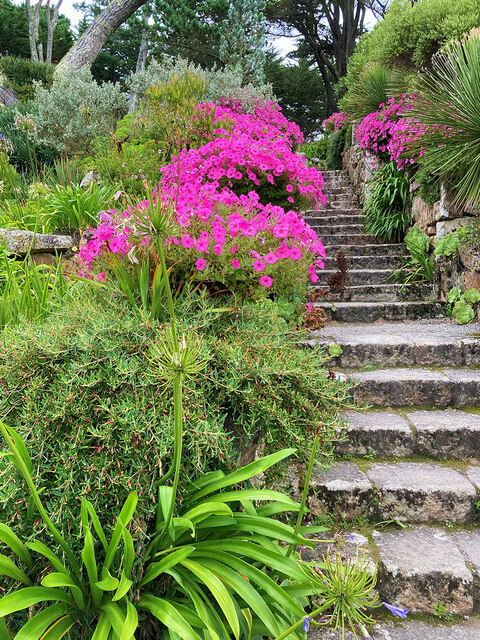
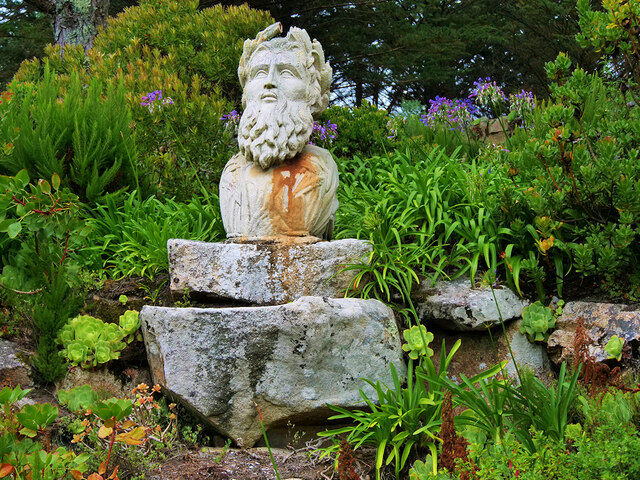
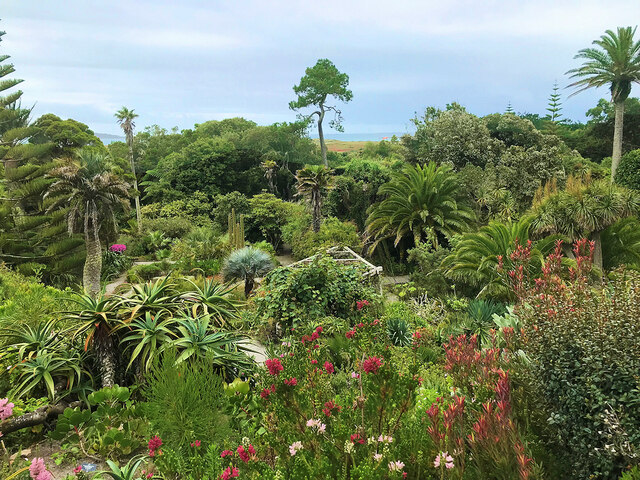
Crow Bar is located at Grid Ref: SV9113 (Lat: 49.942881, Lng: -6.3061812)
Division: Isles of Scilly
Unitary Authority: Isles of Scilly
Police Authority: Devon and Cornwall
What 3 Words
///chipper.baseballs.chainsaw. Near Tresco, Isles of Scilly
Nearby Locations
Related Wikis
Halangy Down transmitter
The Halangy Down transmitter on St Mary's, Isles of Scilly is a 500-watt FM radio and television transmitter with a 76.2 metres (250 ft) high steel lattice...
Innisidgen
Innisidgen (Cornish: Enys Ojyon, meaning Ox Island) is the site of two Bronze Age entrance graves on the island of St Mary's in the Isles of Scilly. The...
Trenoweth, Isles of Scilly
Trenoweth (; Cornish: Trenoweth "new town") is a small settlement, located in the north of the island of St Mary's in the Isles of Scilly, Cornwall, England...
Telegraph, Isles of Scilly
Telegraph (Cornish: Brebellskrif) is a settlement on St Mary's, the largest of the Isles of Scilly, England. Telegraph is located in the north west of...
Have you been to Crow Bar?
Leave your review of Crow Bar below (or comments, questions and feedback).
